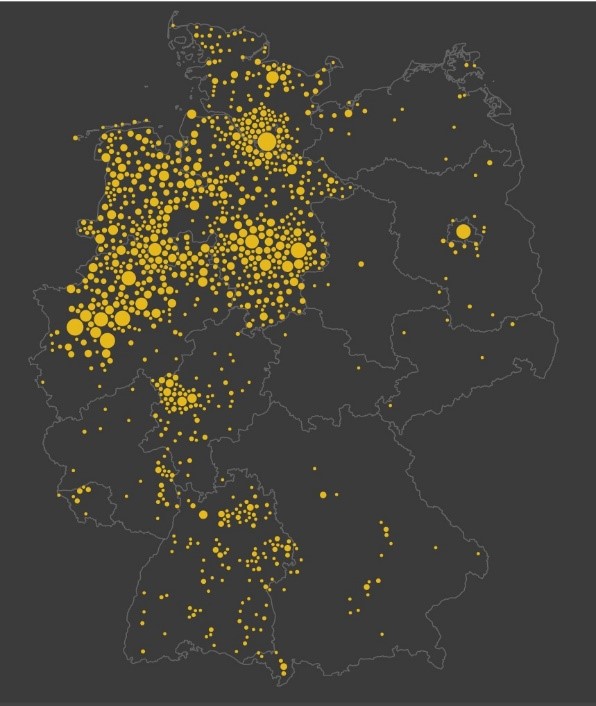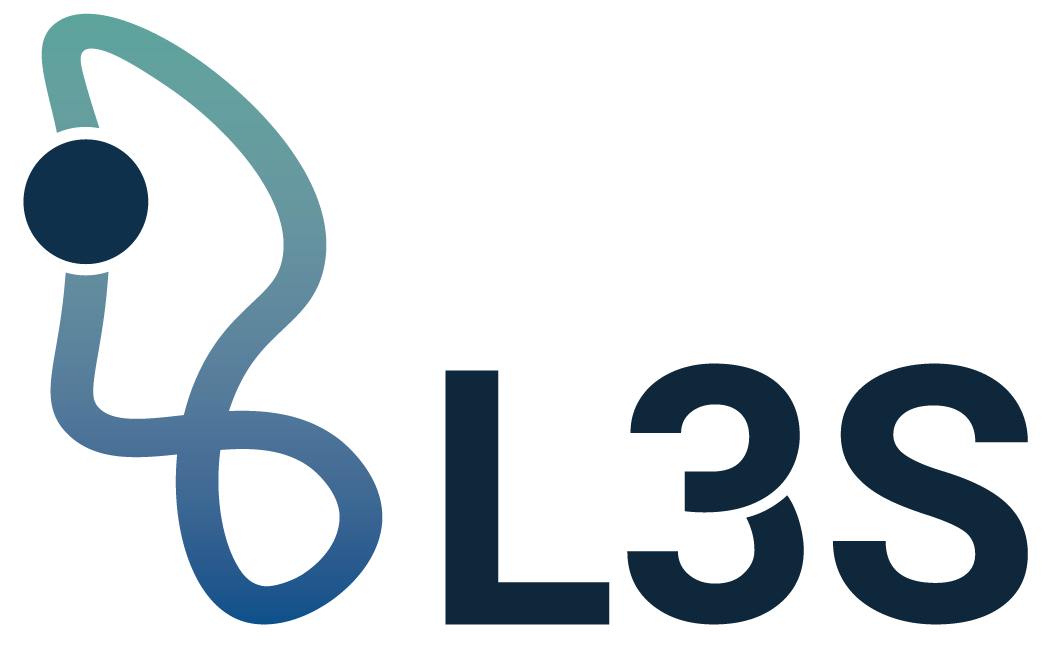
Interview with Jörg Ludwig
Digital education also means digitizing schools, especially in times of Corona. How are things progressing there? Dr. Ivana Marenzi, project manager at L3S in the area of digital education, asked Jörg Ludwig, managing director of the school platform provider IServ GmbH in Braunschweig.
Mr. Ludwig, how did IServ come into being and how has the company developed in recent years?
We started 20 years ago as a student project at the Hoffmann von Fallersleben School in Braunschweig. A very dedicated teacher in a working group had set himself the goal of digitizing the school. We started relatively small: with e-mail, discussion forums, chat and file exchange. In 2001, we won the “Jugend forscht” competition with our idea. Through word of mouth, other schools in the region approached us. Our big advantage was that IServ worked and met the schools’ requirements in a practical way. Thus, without any real marketing, we quite quickly equipped 500 schools from Lower Saxony with IServ. Osnabrück and Braunschweig were the first major cities.
We currently have 35 developers working for us in Braunschweig. A year ago, we had a total of around 60 employees. This number has doubled to date and will grow further to 160 people by the end of the year. We are currently hiring new people every week, including in software development, of course.
What functionalities does IServ offer?
We see ourselves as a digital school platform and have integrated many different functions. For communication, students and teachers get their own private email address. This circle can be expanded to include parents and other people with a connection to the school. For some years now, IServ has also had a messenger; quasi as a privacy-compliant alternative to WhatsApp. A year ago, homeschooling made it necessary to develop a video conferencing module. We developed this on the basis of the open source software BigBlueButton and made it available to schools free of charge. The demand is enormous, especially in times of distance learning. We currently record 1.3 million hours of use per day and a total of more than 2 million users on the platform.
The core of the school organization is the group calendar for school and exam dates, substitution planning and lesson planning for all classes. As far as network administration is concerned: Our servers are located on site at the schools. Most schools still have a poor internet connection and this way the data is as close as possible to the students. The servers are administered by us. We also manage the Internet access, the WLAN or, for example, the printers. We can install office and learning programs and also update them automatically.
Since the Covid 19 pandemic, a lot of teaching also takes place via our school platform. We support pedagogy via a task module or office tools for collaborative work. We can also integrate third-party content for learning materials. Learning management systems such as Moodle or the Lower Saxony Education Cloud (NBC) are part of this.
How do you contact the schools? Why do schools choose IServ?
This is actually very time-consuming. Every school has its own individual requirements for a school platform. That’s why we now have ten sales employees who travel all over Germany and record the wishes and concerns of the individual schools. If a school is convinced by us, it also advertises for us via word of mouth.
Of 40,000 schools in Germany, we currently supply almost 4,800, so there’s still room for improvement. Our core region is Lower Saxony, but most new customers currently come from North Rhine-Westphalia and Baden-Württemberg.

Nationwide distribution of schools using iServ.
Protecting student data is an important issue. How do you support schools in this?
Data protection is one of our cornerstones. We already had ourselves audited by the State Data Protection Commissioner in 2013. The fact that the servers are usually located in schools makes it easier for us, of course. Alternatively, they are located in a data center here in Germany. But the school is always the operator.
What are your experiences with digital teaching? What have you learned from homeschooling for the post-pandemic period?
I think we’ve learned that teachers are very open and willing to engage with digitization. I think everyone has now jumped in at the deep end. They’ve tried it out and, naturally, things have gone wrong at times. But that’s part and parcel of breaking new ground. Now many have learned to appreciate the benefits. We didn’t use video conferencing to this extent last year alone. Now we are used to it, hold them every day and it also brings many benefits. The equipment of the schools is important for the sustainability of digitization. They need fast Internet, WLAN and terminals for the teachers and for the students. There are great learning tools or interactive content from other online providers that you can incorporate when you digitize. I think most people have now realized what is possible, and a lot will happen in the next few years.
Are there also disadvantages in distance learning?
Definitely! Homeschooling is clearly a stopgap measure. I will be very happy when everyone can go back to school. 80 percent of teaching is face-to-face, working together as a group and discussing things with each other. That is simply more difficult online. There are also social problems. Households at home sometimes still lack the right technical infrastructure, the space or simply the necessary peace and quiet when parents are also in the home office.
Jörg Ludwig, thank you very much for the interview!

Jörg Ludwig is the founder and managing director of IServ GmbH in Braunschweig. The 38-year-old is considered a pioneer in the field of school digitization in Germany and can draw on 20 years of experience, among other things. Back in his school days, the software developer developed the first version of the school server IServ as part of a school project, which has since evolved into a comprehensive digital school platform.

